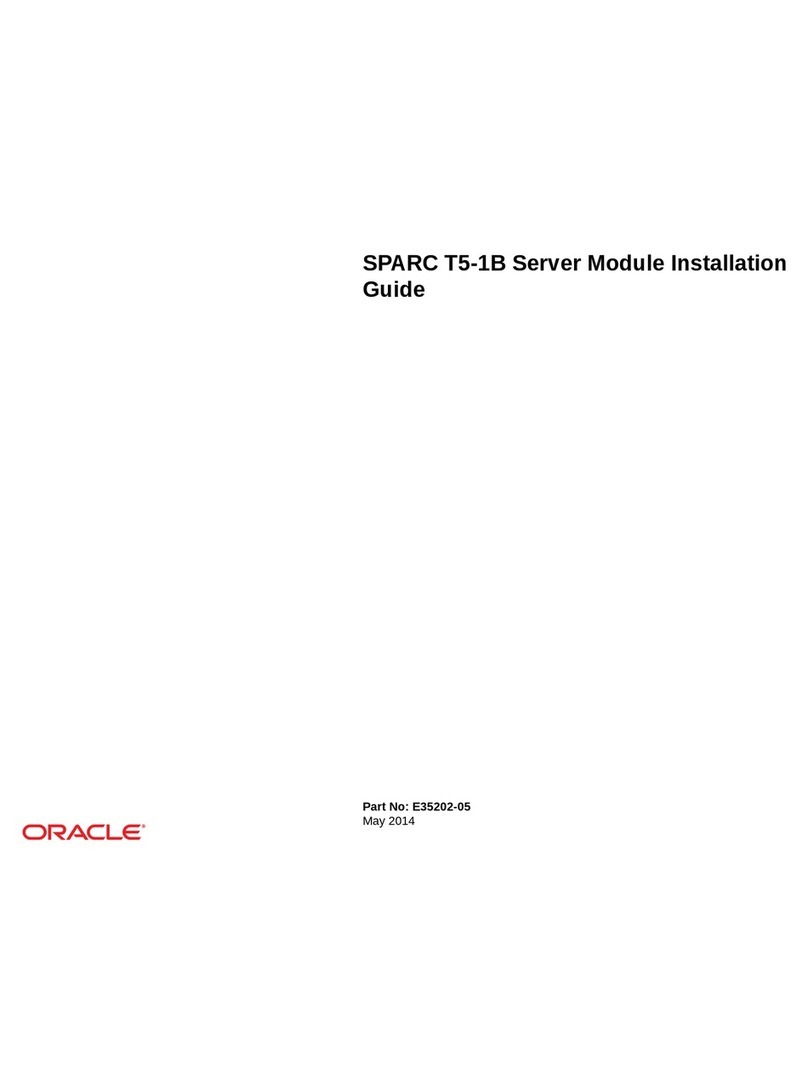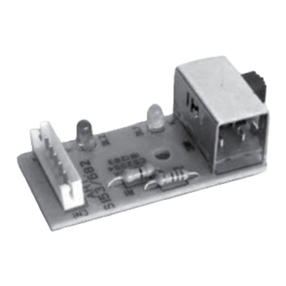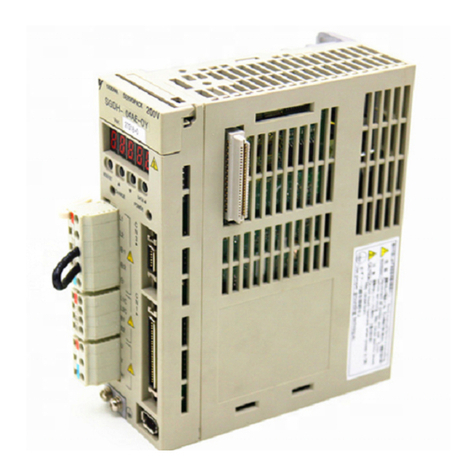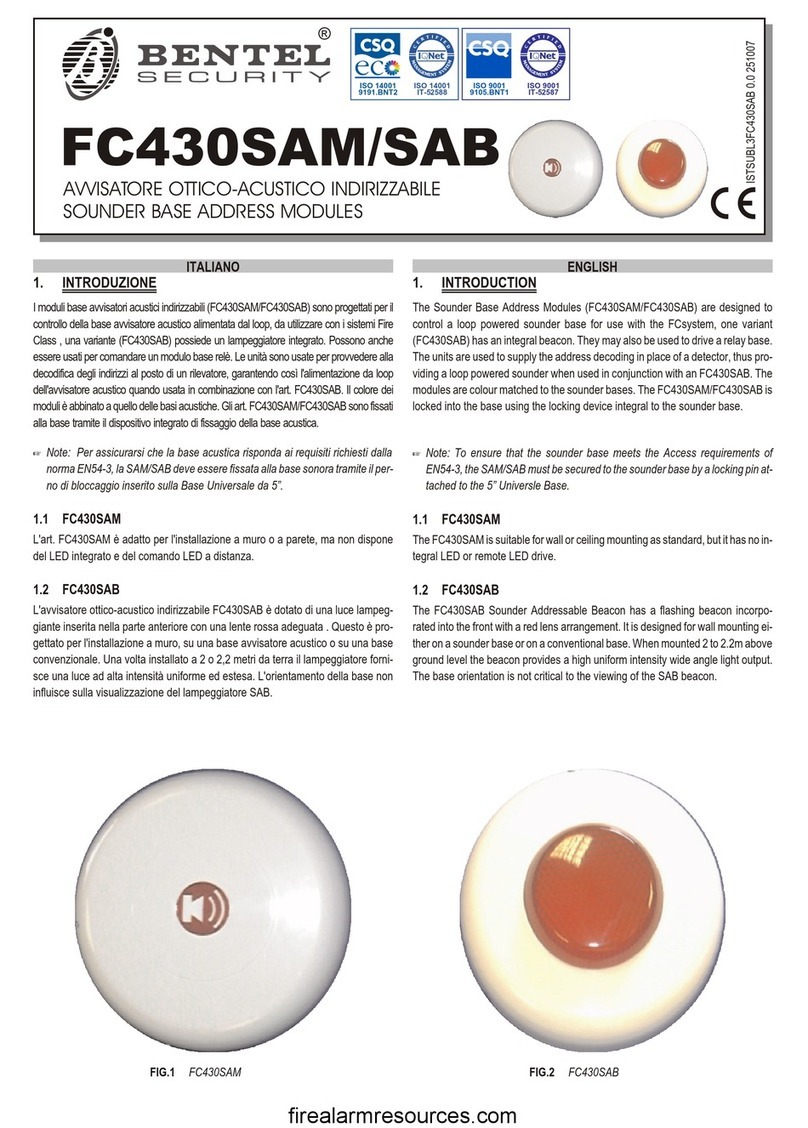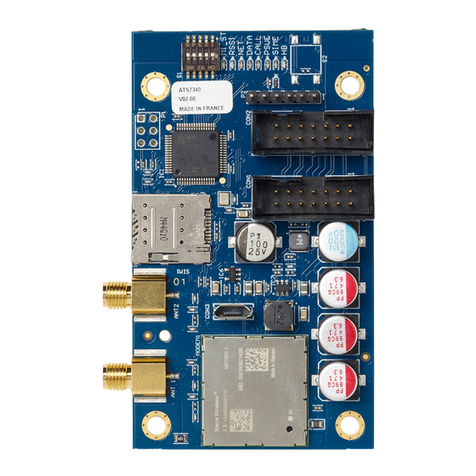Ier ES1S User manual

SU0072e.DOC 03/03 © IER Eberhard Henkel GmbH Subject to change without notice
Operating Instructions
ES1S
Electrode Controls
Safety Precautions
• The device may only be connected to supply voltage which is in
compliance with the technical data shown on the serial plate!
• Installation, initial start-up and maintenance may only be
performed by trained personnel!
Technical Data
Power Supply
230 V AC, +/-10%, 50-60 Hz
Optional: 24, 115 V AC or 24 V DC +/-10%
See serial plate on device.
Power Consumption
approx. 2 VA
Ambient Temperature
-15 to +45°C
Housing
22.5 x 75 x 100 mm, IP40
Quick mount to standard rail
DIN EN 50 022 (35 x 7.5 mm top-hat rail)
or 88 x 150 x 130 mm, IP55 for surface mounting
Terminals
IP20, screw terminals
Conductor cross-section: max. 2.5 square mm
Measuring Circuit
Electrically isolated
Alternating voltage < 6V / < 2 mA
Cable Length
max. 300 m (for highly conductive liquids)
See figure 1.
min. conductor cross-section: 0.5 square mm, shielded
Measuring Functions
MIN-MAX control,
MIN control or MAX control
Sensitivity
Two adjustable ranges
1 to 70 kΩ/ 5 to 150 kΩ
Can be selected / adjusted with DIP switch / potentiometer
(full left turn / anti clockwise = min. sensitivity)
Reset Hysteresis
approx. 20% of the selected sensitivity value
Relay Outputs
2 ea. floating changeover contacts
AC: max. 250 V, 5 A, 500 VA
DC: max. 125 V, 1 A, 40 W
Operating Principle
Working current / closed-circuit current
selectable with DIP switch
Delay
ON delay / OFF delay: 0.5 to 3 sec.
adjustable with potentiometer (full left = approx. 0,5 sec.)
Status Indication
1 ea. "on" LED, 1 ea. switching status LED
CE Mark of Approval
In accordance with low-voltage directive (73/23/EWG),
EMC directive (89/336/EWG) and
• EN 50 082-2:1995
• EN 55 011 (Class A): 1991
• EN 61010-1: 1993
Applications Limits
Conductive liquid-level controls are not suited for liquids which
contain oil or grease, or which may cause electrically insulating
deposits at the electrodes.
Functional Description
ES1S electrode controls function in accordance with the
conductive principle, i.e. the electrical conductivity of the liquid to
be monitored is used to establish an electrical connection between
the immersed electrodes.
Measuring Ranges
ES1S electrode controls can be used for liquids with a resistance
between the electrodes of less than 150 kΩ(observe maximum
cable length!).
Controls
Intermittent switching (minimum / maximum liquid level) with three
electrodes
Monitoring of a specific fill level (overflow / empty alarm) with two
electrodes. A metal container can be used as the reference
electrode.
Electrical Connections
MAX Electrode
MIN Electrode
Ref. Electrode
12
11
14
24
21
22
E0 E1 E2
L+ N-
Control Voltage
Filling Pump
Relay / Contactor
Filling pump relay/contactor pulls
in when MIN electrode is exposed,
... and is released when
MAX electrode is immersed.
ON
OFF
1
K
Power Supply
L1 N
+ -
Wiring Diagram 1: Filling the Container
MAX Electrode
MIN Electrode
Ref. Electrode
Power Supply
L1 N
+ -
12
11
14
24
21
22
E0 E1 E2
L+ N-
Control Voltage
Discharge Pump
Relay / Contactor
Discharge pump relay/contactor pulls
in when MAX electrode is immersed,
... and is released when
MIN electrode is exposed.
OFF
ON
1
K
Wiring Diagram 2: Draining the Container

Operating Instructions Electrode Reay ES1S
SU0072e.DOC 03/03 © IER Eberhard Henkel GmbH Subject to change without notice
Wiring Diagram 3: Empty Alarm
MAX Electrode
Ref. Electrode
E0 E1 E2
L+ N-
Control Voltage
Alarm Signal
22
21
24
14
11
12
Overflow Alarm (low signal):
Alarm signal relay K1 is released when MAX
electrode is immersed or if interference/power
f
occurs at electrode
tl
Overflow Alarm (high signal):
Alarm signal relay K1 is pulled in when MAX
electrode is immersed or if interference/power
f
occurs at electrode
tl
---> Connect relay K1 to terminal 12.
K1
ON
OFF
1
Power Supply
L1 N (AC)
+ - (DC)
Wiring Diagram 4: Overflow Alarm
Please observe instructions concerning EMC compliant installation,
wiring and operation of electronic measuring and control devices!
(Info Sheet no.: SU0066. 1998)
Initial Start-Up
• Check for correct supply voltage! Observe data printed on the
serial plate!
• Make sure that
polarity is not
reversed if DC supply
power is used!
• Check electrode
connections!
Adjustments
The transparent front
panel can be pried out
with a screwdriver.
Sensitivity: Potentiometer P1 and DIP switch S2 are used to
adjust sensitivity to the conductivity of the liquid to be
monitored.
Procedure: The poorer the conductivity of the liquid, and the
greater the distance between the electrodes, the
higher the sensitivity must be adjusted.
Attention: Erroneous switching may occur if sensitivity is set too
high !
Working Current / Closed-Circuit Current: DIP switch S1
ON delay / OFF delay: Potentiometer P2
Flutter suppression is provided in order to prevent excessive
switching in the event of disturbances at the surface of the liquid.
Potentiometer Full Left Full Right
P1: Sensitivity min. max.
P2: Delay approx. 0.5 sec approx. 3 sec
DIP Switch ON OFF
1 working current closed-circuit current
2 high sensitivity
5 - 150 kΩ
low sensitivity
1 - 70 kΩ
Status Indication
Green LED lights up ready for operation
Yellow LED lights up output relay pulled in
Response when Supply Power is Switched On
Setting MIN
Immersed
MIN+MAX
Immersed
MIN+MAX
Exposed
Open-circuit current
+ no DT
0 0 0 -> 1
Working current + no DT 0 -> 1 0 -> 1 0
Open-circuit current + DT 1 ->DT->0 1 ->DT->0 0 -> 1
Working current + DT 0 ->DT->1 0 ->DT->1 0
0 = Relay released
1 = Relay pulled in
DT = Delay time
Mounting in electrical cubicles and boxes
cubicles with increased inner temperature:
notice the power loss -->
distances between the relays not less than 0,5 cm !
Operating Range
The capacitive resistance of long cables reduces the sensitivity of
the electrode controls.
A typical, shielded, 3 conductor PVC cable has a capacitance of
approx. 100 pF per metre. This results in an operating range which
is dependent upon cable length and the resistance of the liquid in
accordance with the following diagram:
0
20
40
60
80
100
120
140
160
50 100 150 200 250 300
Cable Length (m)
Resistance of Liquid (kΩ
Ω
Ω
Ω)
Operating Range
Operation is not possible
Figure 1: Operating Range
Maintenance
If the device is used for its intended purpose, no maintenance is
required.
Troubleshooting
Green LED does
not light up.
• No supply power
• Device is defective
Yellow LED
lights up, but the
relay does not
pull in. 1
• Measurement cable is interrupted
• Liquid is not conductive enough
• Contaminated electrodes (insulating layer)
• Device is defective
Yellow LED
lights up, but the
relay does not
release
• Short-circuited measurement cable
• Electrodes bridged with conductive
contamination
• Sensitivity is set too high
• Device is defective
1DIP switch 1 in "working current" position
IER Meß- und Regeltechnik
Eberhard Henkel GmbH
Innstrasse 2
68199 Mannheim
Tel. +49 (0)621 84224-0 z
zz
zFax: +49 (0)621 84224-90
zz
zInternet: www.IER.de
green LED
"Ready"
yellow LED
"Output Relay"
DIP Switch 2
"Sensitivity"
Potentiometer
"Delay Time"
Potentiometer
"Sensitivity"
DIP Switch 1
"Work/<O-C. Current"
Table of contents
Popular Control Unit manuals by other brands
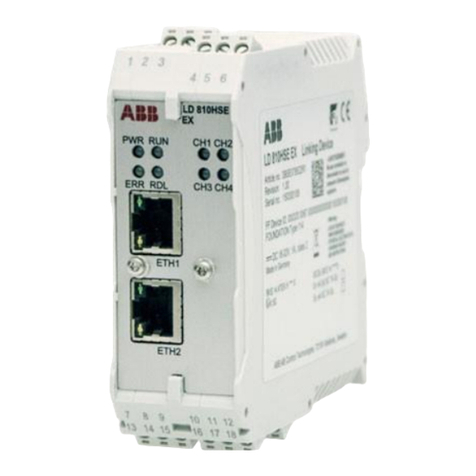
ABB
ABB Ability 800xA Series user manual

HumanTechnik
HumanTechnik MA-1 operating instructions
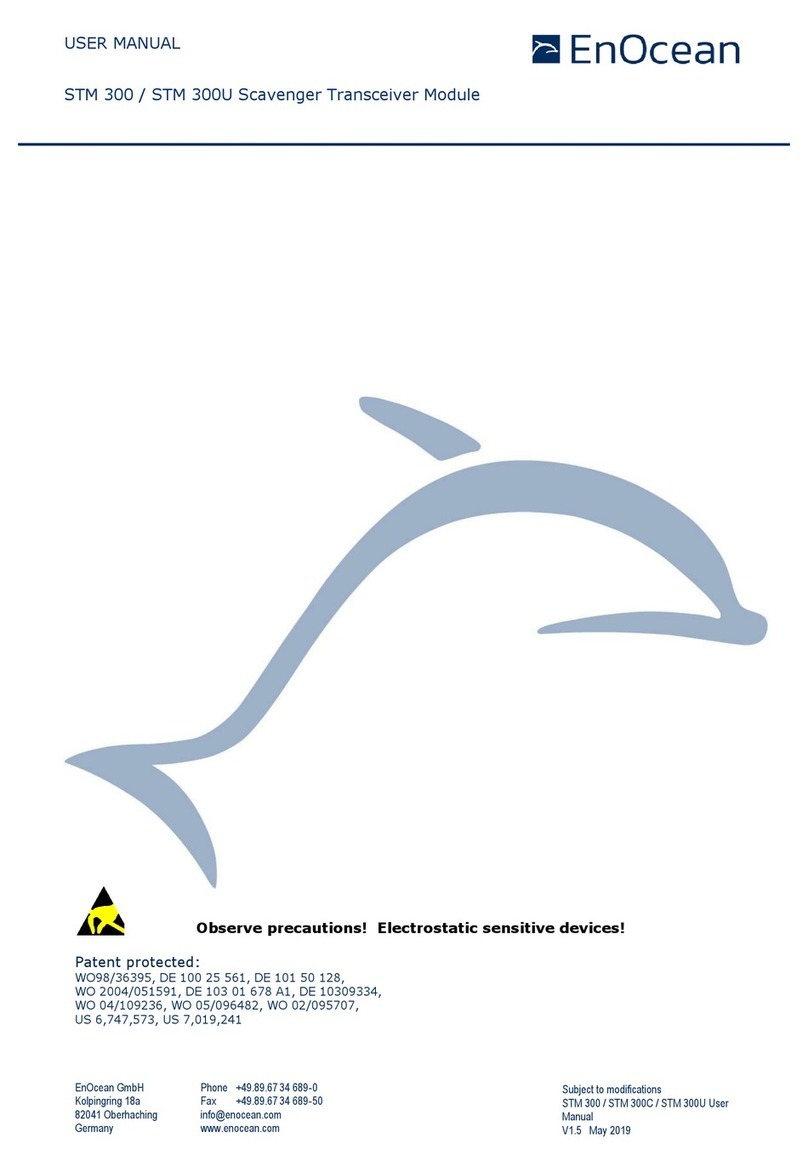
EnOcean
EnOcean STM 300U user manual

Altronic
Altronic AGV5 Series Service manual

Viessmann
Viessmann VITOTRONIC 100 Installation and service instructions
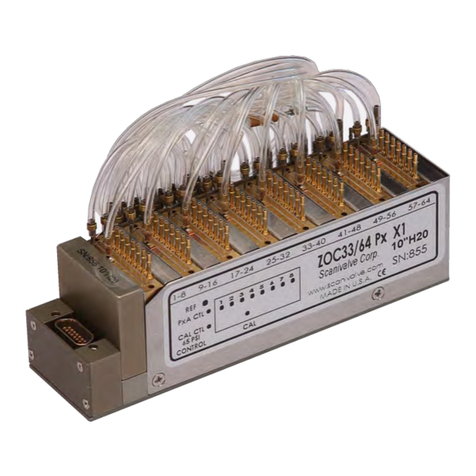
Scanivalve
Scanivalve ZOC 33/64Px Instruction and service manual
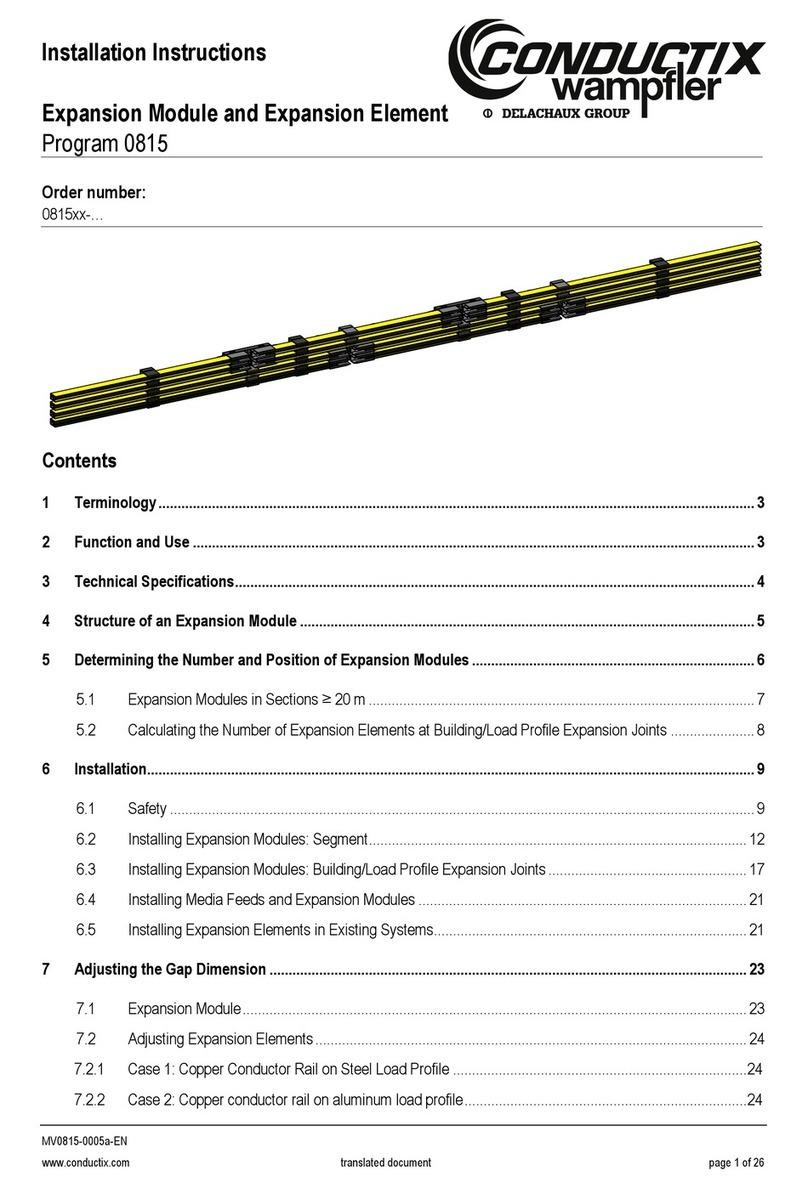
Conductix-Wampfler
Conductix-Wampfler 0815 Series installation instructions
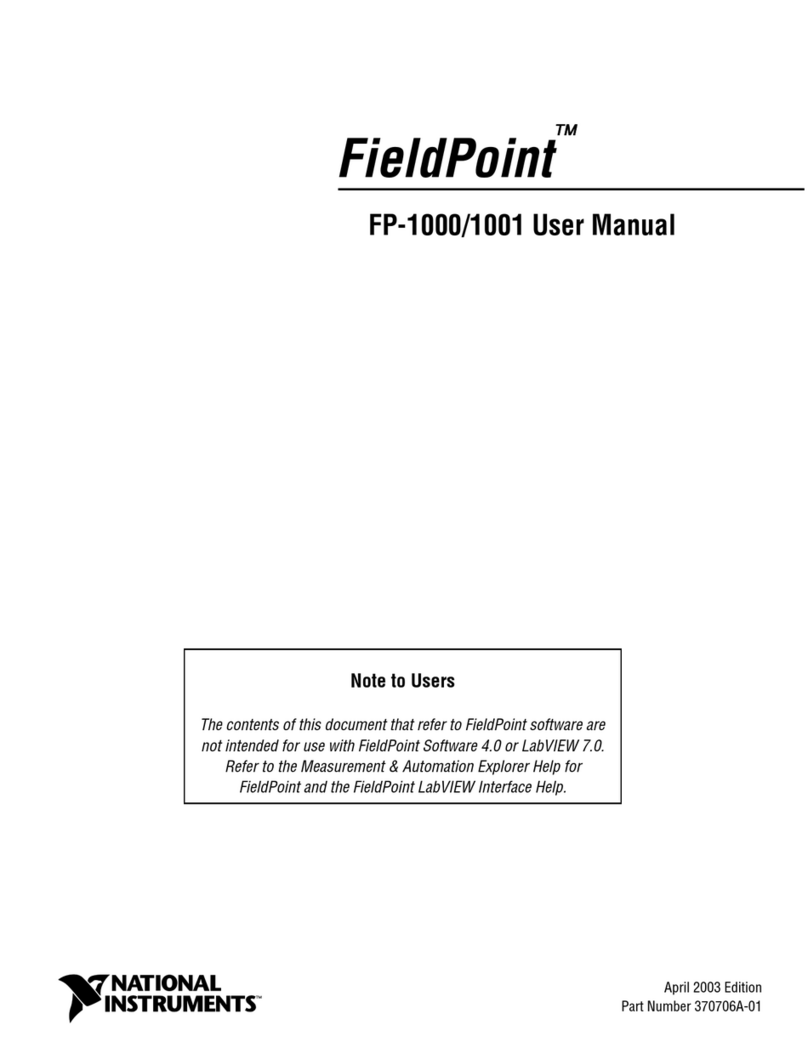
National Instruments
National Instruments FieldPoint FP-1001 user manual

Quectel
Quectel EP06 manual
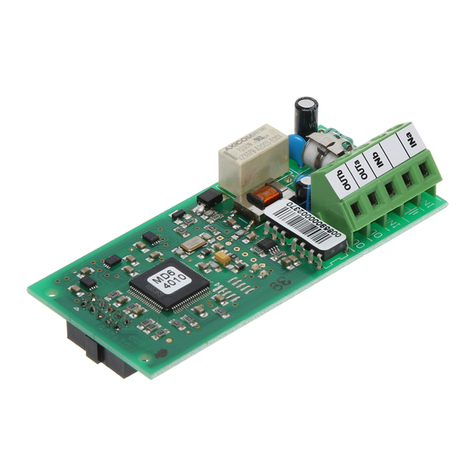
jablotron
jablotron JA-190X quick start guide
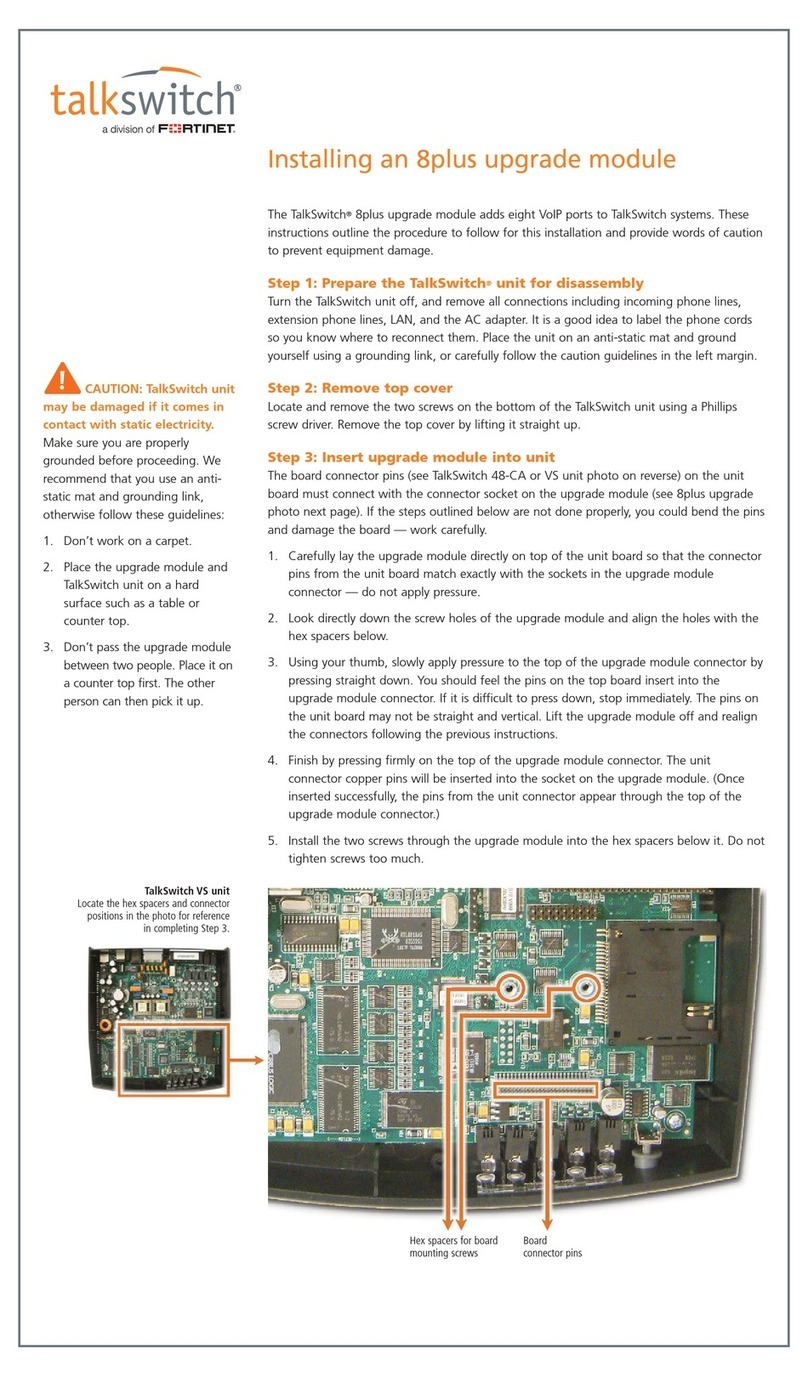
Fortinet
Fortinet TalkSwitch 8plus Installing guide
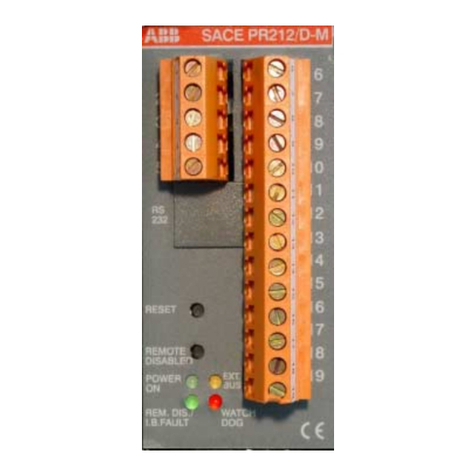
ABB
ABB SACE PR212/D-L instruction manual
